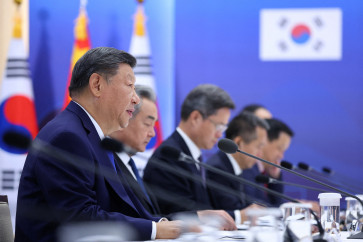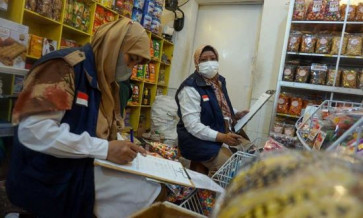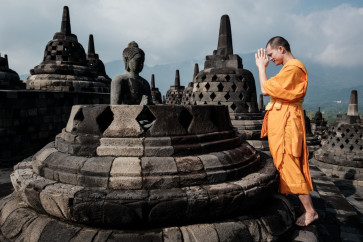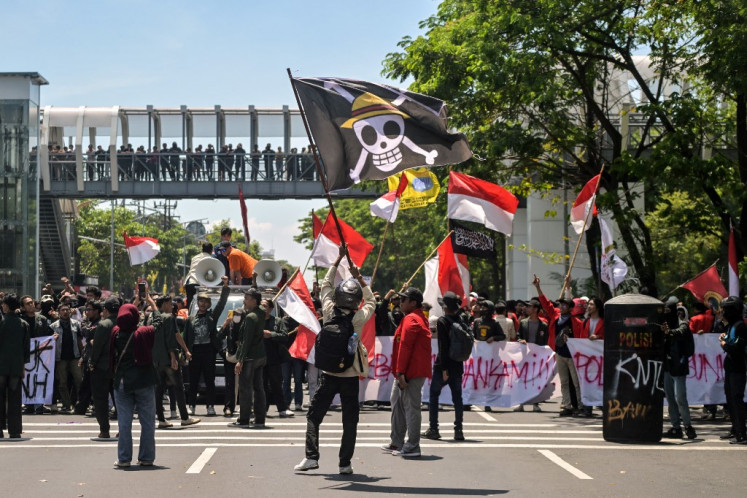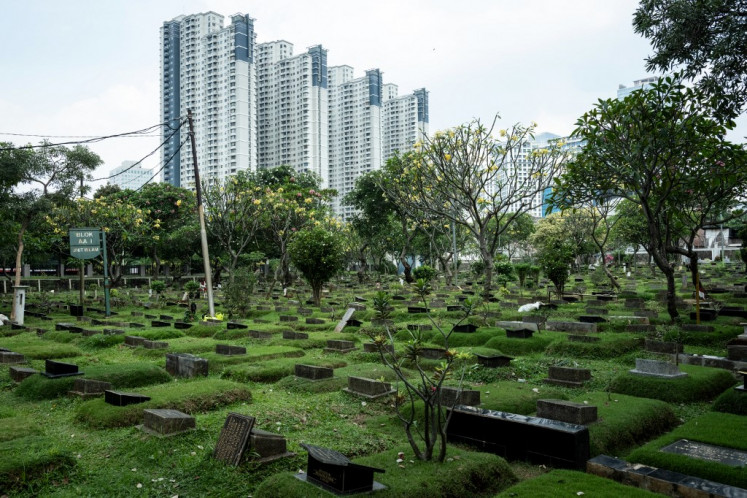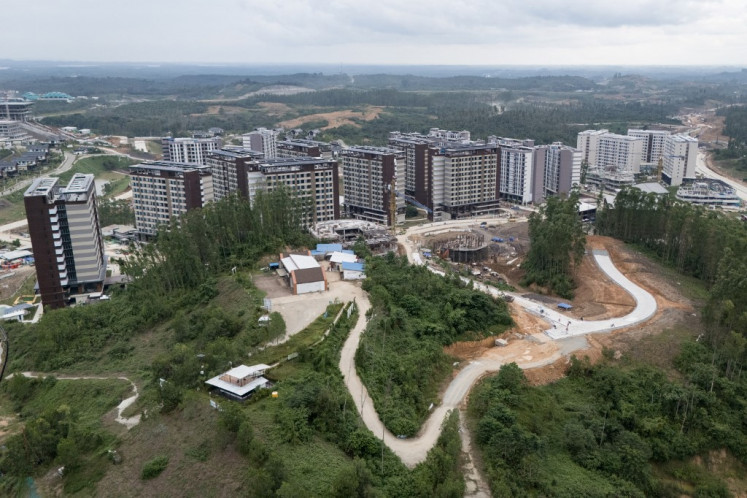Popular Reads
Top Results
Can't find what you're looking for?
View all search resultsPopular Reads
Top Results
Can't find what you're looking for?
View all search resultsBungaya residents to promote village history online
In a bid to guide future generations, Bungaya villagers in Karangasem regency have decided to document their villageâs history and its cultural richness to promote them online
Change text size
Gift Premium Articles
to Anyone
I
n a bid to guide future generations, Bungaya villagers in Karangasem regency have decided to document their village's history and its cultural richness to promote them online.
'This is one of Bali's oldest villages and it has unique traditions to entice tourists. We feel that every villager should know our history and its meaning,' said I Ketut Latri, Bungaya Community Empowerment Institute (LPM) head.
The residents said the locals performed many unique traditions that had yet to be exposed. 'We have to record this because we are the ones making that history now,' said I Nengah Latra, a notable figure
in the village.
Latra gave as an example the tegak adasa tradition, Bungaya's ancient government system, which he said was similar to today's House of Representatives, where every member was well-respected.
To start the documentation, he called on villagers to join a journalism class this weekend that would be held in collaboration with Sloka Institute and the I'm An Angel charity.
Around 10 people would participate in the first class, including LPM officials, university students, village officials, National Community Empowerment Program (PNPM) officials and locals.
Not only will they document the village's history, participants are also expected to broadcast current activities and issues. The plan is supposed to enrich the social media activities conducted by local youths and migrants in Bungaya.
Karangasem regency is famous for its cultural richness. In addition to Bungaya, other villages that have a long history are Tenganan Pegringsingan, Asak and Timbrah.
Bungaya has several rituals conducted each year. For example, ngaben memedi, the burning of the personification of memedi (an evil ground spirit).
Ngaben memedi usually starts in the morning when all prajuru (village officials) come to the village hall to prepare all the ritual artifacts. The residents assist the prajuru by providing sugar palm stems that will be erected to form the memedi.
The memedi is later burned to symbolize the burning of anger and bad deeds, to ensure people will be protected from these characteristics. This ritual is part of the annual Karya Usaba held at the Pemuhunan Temple and conducted on a specific day following the full moon in the seventh month of the Balinese calendar.
The Bungaya residents also perform the tamblang waluh ritual to protect the village from diarrhea and vomiting when consuming lawar (a mix of minced vegetables and meat), a traditional food in the Galungan feast. Youths and children gather at every road junction in the village in the afternoon to prepare the ritual. They will kick each other's legs and swear in a symbolic act of erasing anger before the feast.


